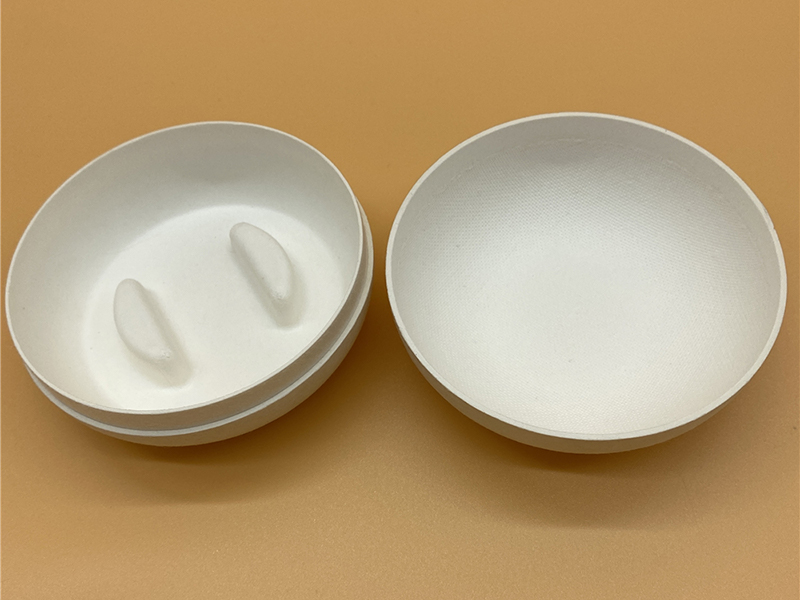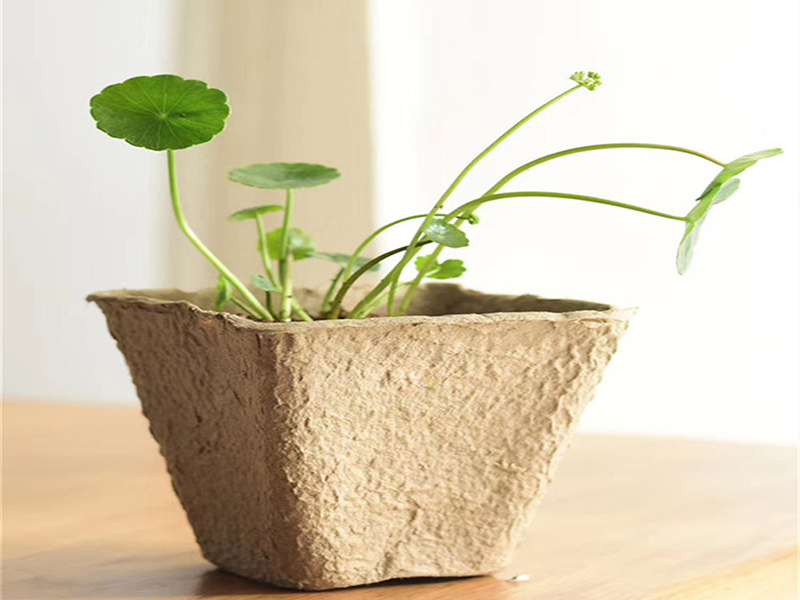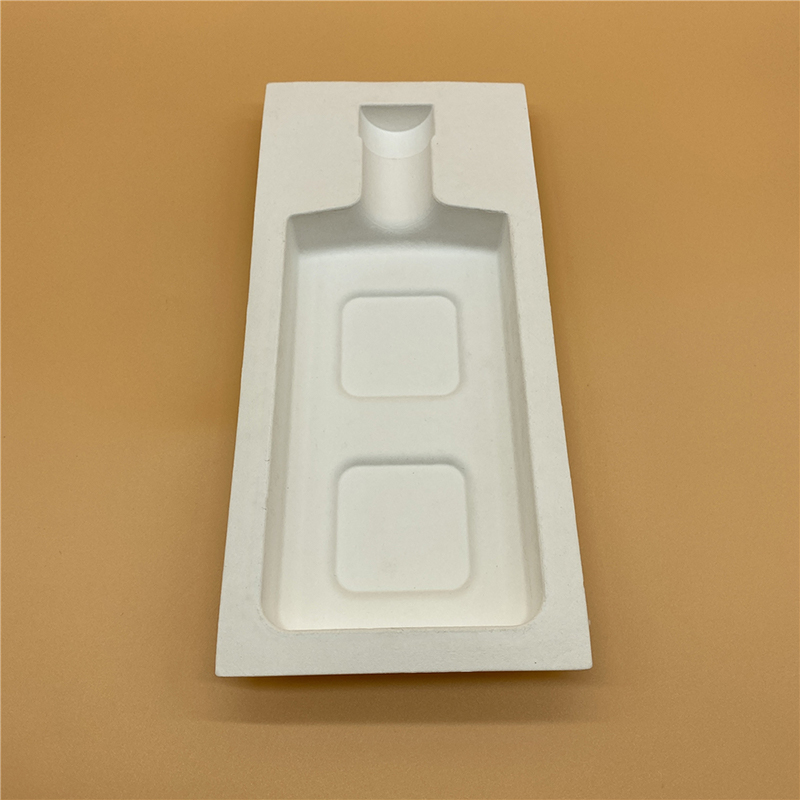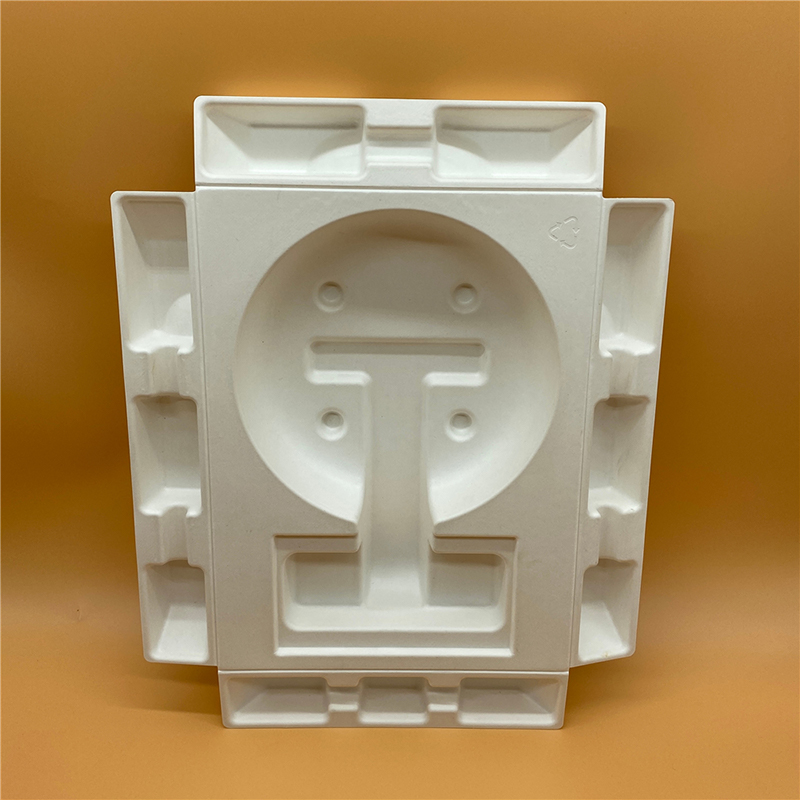In Which Industries Are Paper Tray Packaging Applications Used?
page views :
update time : 2025-08-29
Pulp-molded paper tray packaging is a type of three-dimensional papermaking technology. It can use bagasse, bamboo residue, waste paper, old books, magazines, newspapers, cartons, and other similar materials as raw materials. With molds equipped with filters, special molds on the molding machine form paper products of a certain shape. Pulp-molded products can be made into various...

Internal Cushioning Packaging Liners
Cushioning Packaging for Foods like Eggs and Fruits
Pulp-Molded Agricultural Product Packaging
Molded Products Made of Pulp-Molded Materials
Disposable Tableware
Others
Related News
View more < span > >
 What Are the Characteristics of Seedling Cup Paper Trays?
What Are the Characteristics of Seedling Cup Paper Trays?
08 .29.2025
Seedling cup paper trays are specially designed paper trays used to hold seedling cups or seedling containers. They have the following characteristics
 In Which Industries Are Paper Tray Packaging Applications Us
In Which Industries Are Paper Tray Packaging Applications Us
08 .29.2025
Pulp-molded paper tray packaging is a type of three-dimensional papermaking technology. It can use bagasse, bamboo residue, waste paper, old books, magazines, newspapers, cartons, and other similar ma...
 What Special Designs Do Paper Tray Boxes Have for Protecting
What Special Designs Do Paper Tray Boxes Have for Protecting
08 .29.2025
The design of paper tray boxes for protecting wine bottles usually takes factors such as anti-collision, anti-vibration, and moisture resistance into account to ensure that the wine bottles remain int...
 What Are the Main Characteristics of Pulp Molding Products?
What Are the Main Characteristics of Pulp Molding Products?
08 .29.2025
Pulp molding is a three-dimensional papermaking technology. It uses waste paper, wood pulp, various types of straw pulp, and other materials as raw materials.




